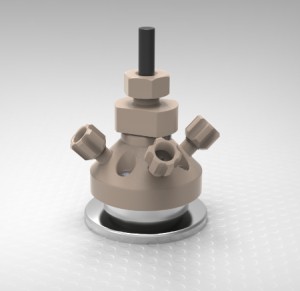
Hiden Analytical DEMS Cell
Key Features
- Differential Electrochemical Mass Spectrometry (DEMS) is an analytical technique that combines electrochemical half-cell experimentation with mass spectrometry
- It allows in situ mass resolved determination of gaseous or volatile electrochemical reactants, reaction intermediates and products in real time
- Hiden Analytical offer a range of DEMS cells with electrolyte/nanoporous sampling interface to the Hiden HPR-40 DSA Mass Spectrometer
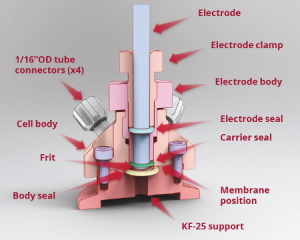
- Vitreous Carbon – User coatable working electrode
- Replaceable nanoporous membrane
- 4 Ports for additional electrodes
- Interface to the Hiden HPR-40 DSA
Novel DEMS Cell
Hiden Analytical have a new license agreement with The University of California, Berkeley Lab. Under the terms of the agreement Hiden Analytical will commercialize a novel differential electrochemical mass spectrometry (DEMS) cell for integration with the Hiden Analytical range of membrane inlet mass spectrometer systems. The new cell, developed by Ezra L. Clark and Prof. Alexis T. Bell, coupled with Hiden’s differentially pumped mass spectrometer system provides for in-situ mass resolved determination of gaseous or volatile electrochemical reaction intermediates and products in real time.
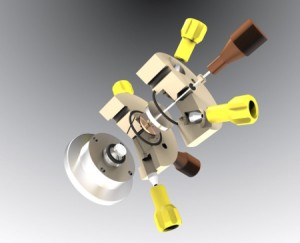
A novel differential electrochemical mass spectrometry (DEMS) cell for integration with the Hiden Analytical HPR-40 DSA membrane inlet mass spectrometer systems.
The new cell, developed by Ezra L. Clark and Prof. Alexis T. Bell of The University of California, Berkeley Lab, coupled with Hiden’s diff erentially pumped mass spectrometer system provides for in-situ mass resolved determination of gaseous or volatile electrochemical reaction intermediates and products in real-time.
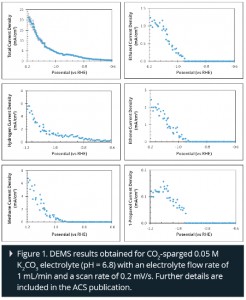
QIC series gas analysers with optimised sampling for real-time off -gas analysis
Hiden’s QIC series gas analysers provide for multi-component, wide dynamic range real-time analysis of the key species involved in electrochemistry, hydrogen, oxygen, carbon dioxide and reaction products; ethanol for example.
A recent publication in Nature includes data from the Hiden MS: Jun Lu et al. (2016) “A lithium–oxygen battery based on lithium superoxide” Nature 378 (529), 377–382.
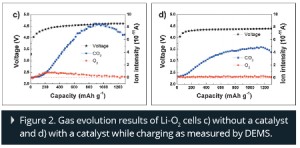
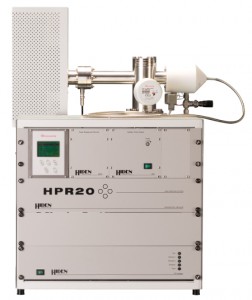
HPR-20 QIC R&D
Figure 1: E. L. Clark, M. R. Singh, Y. Kwon, and A. T. Bell (2015) “Differential Electrochemical Mass Spectrometer Cell Design for Online Quantification of Products Produced during Electrochemical Reduction of CO2” Anal. Chem., 87 (15), 8013–8020
Figure 2: K. Kang et al. (2013) “Mechanism of Co3O4/graphene catalytic activity in Li-O2 batteries using carbonate based electrolytes” Electrochimica Acta 90, 63-70
Visit Product Page : HPR-40 DSA
Download DEMS Flyer : View PDF
Request more information : Send us a message

